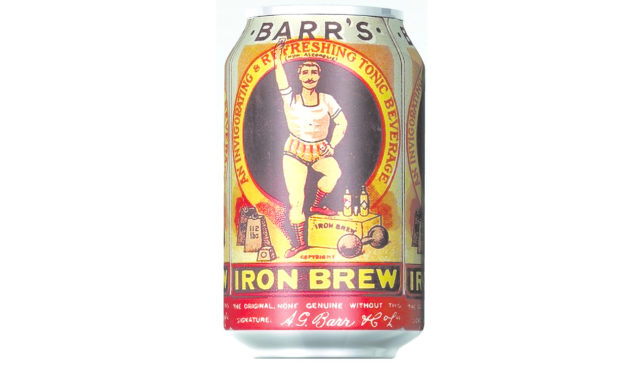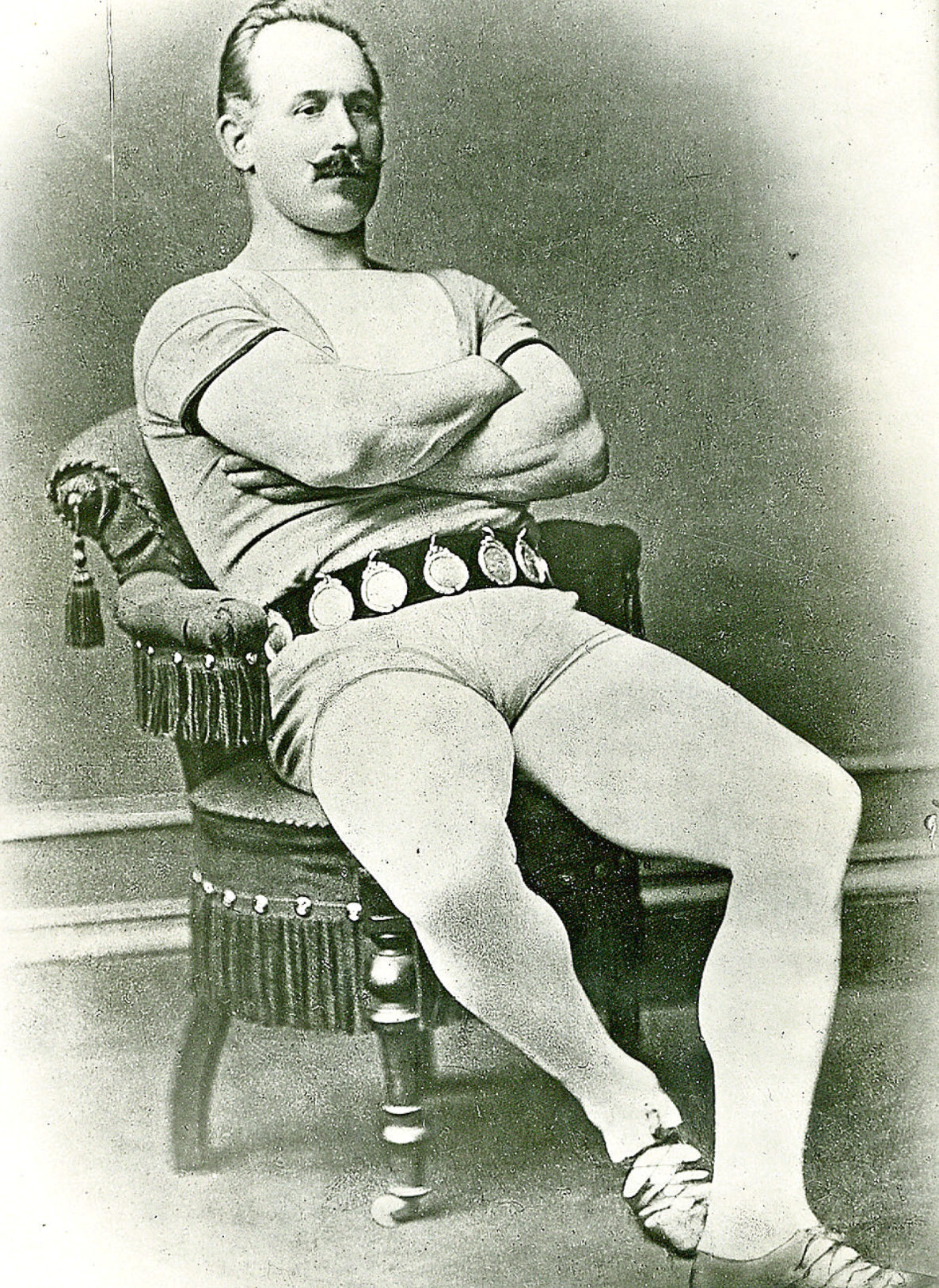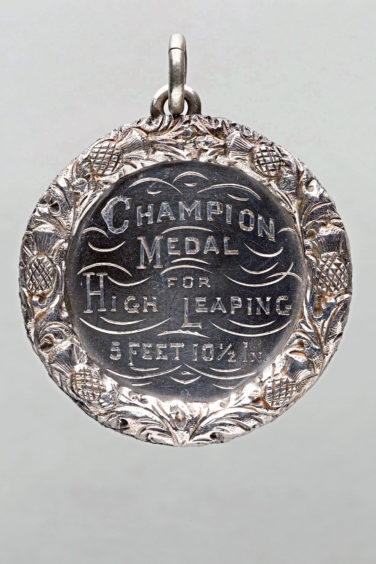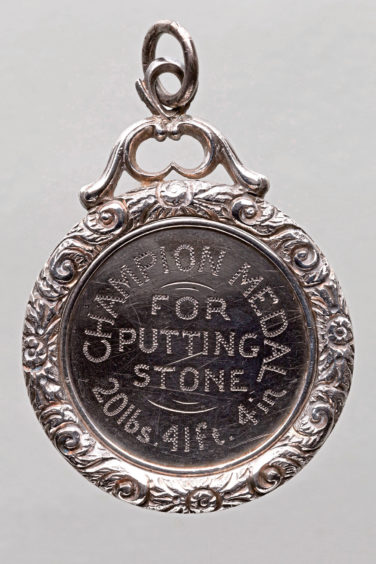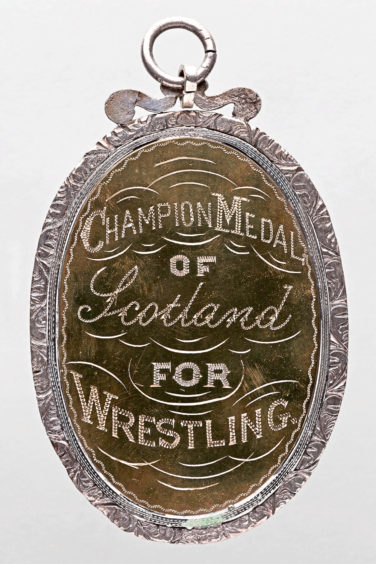Summer of sorts has arrived in the north-east and for many the drink of choice on warmer days is our ‘other national drink’, Barr’s Irn Bru.
Known for its bright orange colour and distinctive flavour (‘made in Scotland from girders’), Irn Bru has long been the country’s favourite fizzy soft drink. The official launch date for AG Barr’s beverage is given as 1901.
Barr’s earliest adverts featured Highland Games athletes, including Aberdeenshire’s legendary strongman Donald Dinnie (1837-1918).
In 1860 Dinnie performed a feat of strength that was to become his lasting legacy: he carried two massive boulders across the width of the Potarch Bridge near Kincardine O’Neil, in Aberdeenshire.
The feat is commemorated in August each year on Donald Dinnie Day.
Dinnie was born at Balnacraig, Birse, near Aboyne. He was the greatest athlete of the 19th Century, with a career spanning 50 years. Dinnie was World Champion for decades.
He won medals in wrestling, boxing, hurdles, sprint, long and high jump, pole vault, hammer throw, putting the stone and tossing the caber. We have 60 of these medals in our collection.
In his thirties he travelled the world competing in Highland Games.
He hopped, skipped and jumped his way through 11,000 successful competitions over his career, winning over £28,000 in prize money – the equivalent of £3.5 million today. Despite this, Dinnie died in poverty in London in 1918.
The presentation figure of Donald Dinnie shows him wearing a kilt, sporran and sash embellished with medallions.
The figure was carved by Gerrard Robinson of Newcastle and was presented to the athlete in Newcastle in 1870 by his friends, in appreciation of his achievements. The photograph of Dinnie was taken in 1877, when he was 40 years old.
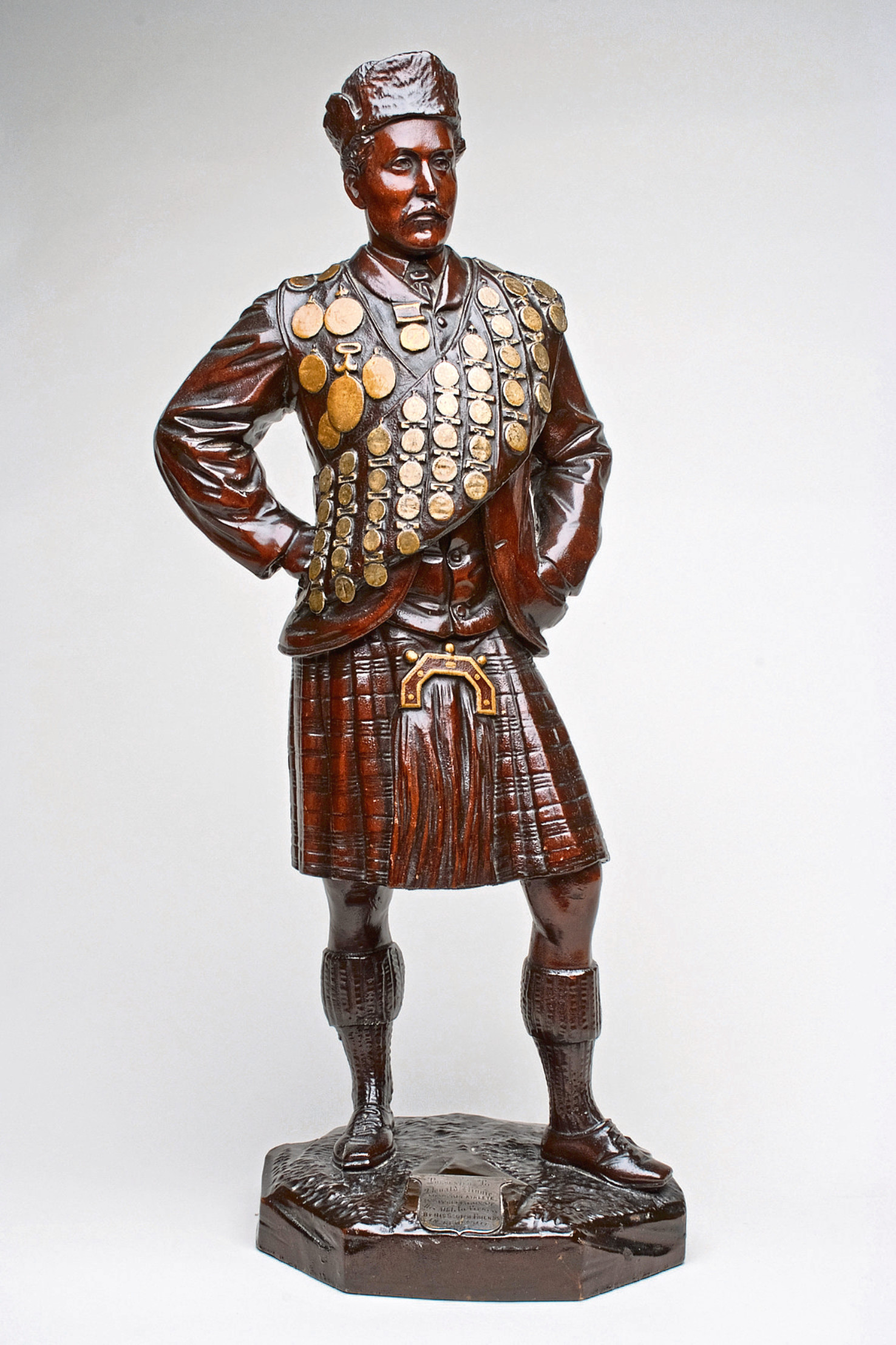
Dinnie captured the imagination of Scottish people during the late Victorian and early Edwardian period, and his legacy is still evident today. Donald Dinnie Day is on Sunday August 4 at Potarch, when athletes from all over the country will attempt to lift the mighty Dinnie Steens.
